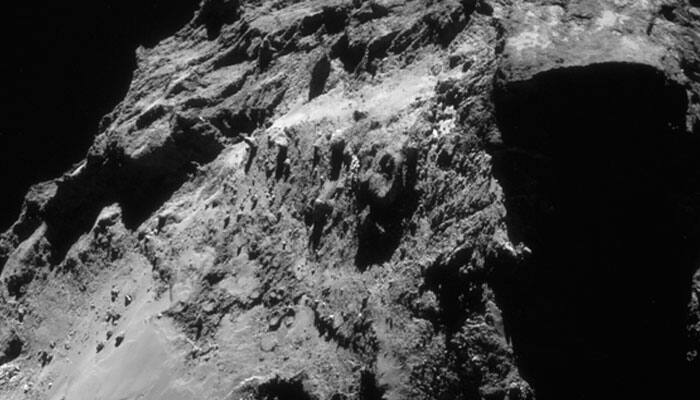Paris: The European Space Agency's (ESA) Rosetta spacecraft has made the first in situ detection of oxygen molecules outgassing from the Comet 67P/Churyumov–Gerasimenko, suggesting that they were incorporated into the comet during its formation.
I've detected molecular oxygen that was likely incorporated into #67P during its formation! https://t.co/Mpqe21Dt57 pic.twitter.com/LOFKzp9B9K
— ESA Rosetta Mission (@ESA_Rosetta) October 28, 2015
“We weren’t really expecting to detect O2 at the comet - and in such high abundance - because it is so chemically reactive, so it was quite a surprise,” says Kathrin Altwegg, principal investigator of the Rosetta Orbiter Spectrometer for Ion and Neutral Analysis instrument, ROSINA.
It is said that the measurements were taken by the ROSINA-DFMS mass spectrometer on board Rosetta between September 2014 and March 2015. The team analysed more than 3000 samples collected around the comet during the period to identify the oxygen molecules.
They determined an abundance of 1–10% relative to H2O, with an average value of 3.80 ± 0.85%, an order of magnitude higher than predicted by models describing the chemistry in molecular clouds.
The observations may help shape new models of how the comet formed.
The Rosetta space probe has been studying the comet for over a year and has detected an abundance of different gases pouring from its nucleus. Water vapour, carbon monoxide and carbon dioxide are the most prolific, with a rich array of other nitrogen-, sulphur- and carbon-bearing species, and even ‘noble gases’ also recorded.
















